Labor Shortages in Maintenance
Labor shortages in the maintenance sector are increasingly impacting the Dry Type Automated Solar Panel Cleaning Market. As the demand for solar energy installations grows, the need for skilled labor to maintain these systems has become more pronounced. Many regions are experiencing a shortage of qualified personnel, which can hinder the efficiency of solar energy production. Automated cleaning solutions offer a viable alternative, reducing reliance on human labor while ensuring that solar panels remain clean and efficient. This trend suggests that the Dry Type Automated Solar Panel Cleaning Market could see accelerated growth as companies seek to mitigate labor challenges and maintain high operational standards.
Increased Demand for Renewable Energy
The rising demand for renewable energy sources is a primary driver for the Dry Type Automated Solar Panel Cleaning Market. As countries strive to meet energy needs sustainably, solar energy has emerged as a leading solution. According to recent data, solar energy capacity has been increasing at an annual rate of over 20%, indicating a robust market for solar installations. This growth necessitates efficient maintenance solutions, such as automated cleaning systems, to ensure optimal energy production. The Dry Type Automated Solar Panel Cleaning Market is thus positioned to benefit from this trend, as clean panels can significantly enhance energy output, making them a critical component in the renewable energy landscape.
Government Incentives for Solar Energy
Government incentives aimed at promoting solar energy adoption are significantly influencing the Dry Type Automated Solar Panel Cleaning Market. Various countries have implemented tax credits, rebates, and grants to encourage the installation of solar panels. These incentives not only lower the initial investment costs but also enhance the long-term viability of solar energy projects. As more solar installations emerge, the need for effective maintenance solutions, such as automated cleaning systems, becomes critical. This trend indicates that the Dry Type Automated Solar Panel Cleaning Market is likely to expand as stakeholders capitalize on government support to enhance the efficiency and longevity of solar energy systems.
Growing Awareness of Maintenance Importance
There is a growing awareness regarding the importance of regular maintenance in the solar energy sector, which is driving the Dry Type Automated Solar Panel Cleaning Market. Stakeholders are increasingly recognizing that clean solar panels can lead to higher energy output and better return on investment. Studies suggest that unclean panels can lose up to 25% of their efficiency, underscoring the need for effective cleaning solutions. As awareness spreads, the demand for automated cleaning systems is expected to rise, as they offer a reliable and efficient means of maintaining solar panel performance. This trend indicates a promising outlook for the Dry Type Automated Solar Panel Cleaning Market.
Technological Innovations in Cleaning Systems
Technological innovations are driving advancements in the Dry Type Automated Solar Panel Cleaning Market. Recent developments in robotics and artificial intelligence have led to the creation of more efficient and effective cleaning systems. These innovations not only enhance the cleaning process but also reduce water usage, aligning with sustainability goals. The integration of smart technologies allows for real-time monitoring and maintenance, further optimizing the performance of solar panels. As these technologies continue to evolve, the Dry Type Automated Solar Panel Cleaning Market is likely to experience increased adoption rates, as stakeholders seek to leverage cutting-edge solutions for improved energy efficiency.


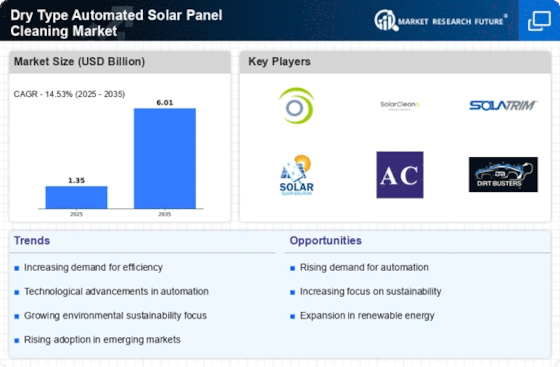

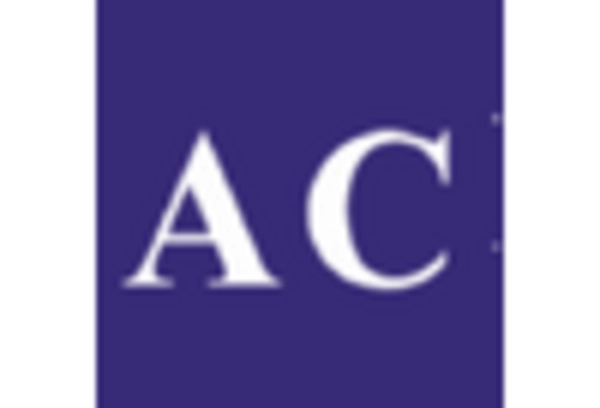

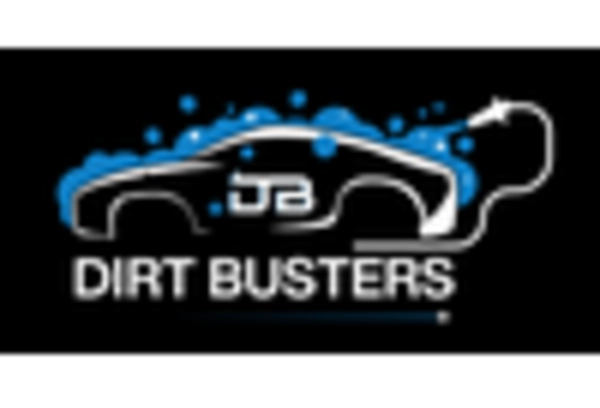
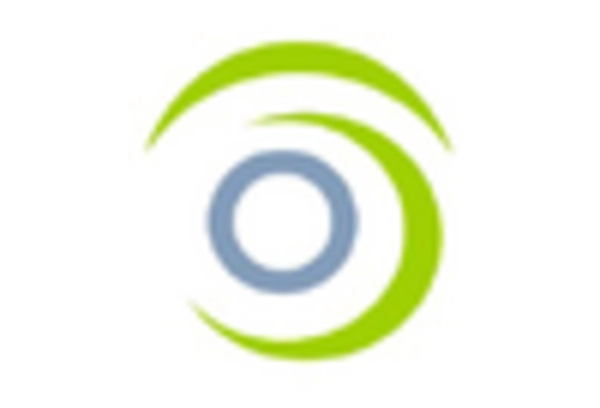
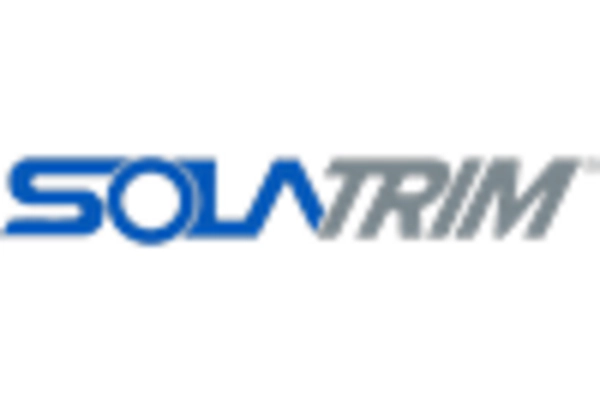
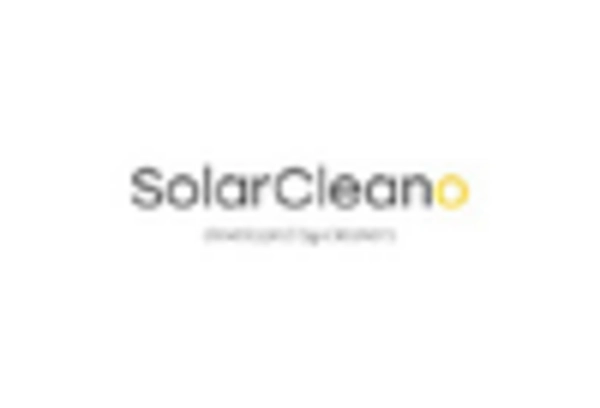








Leave a Comment